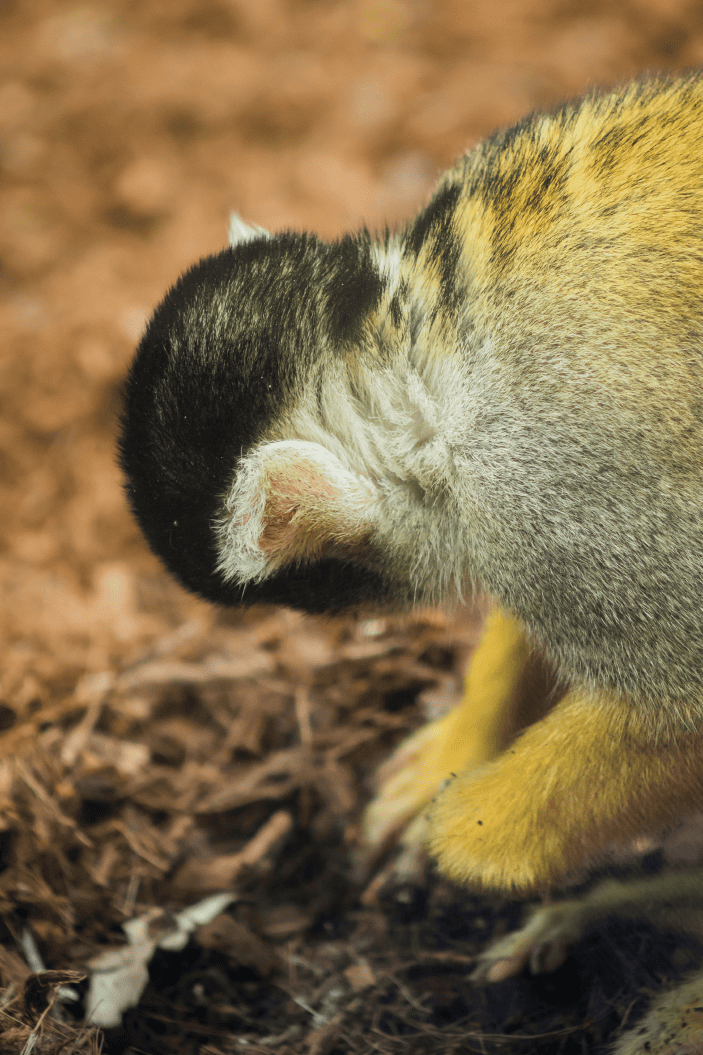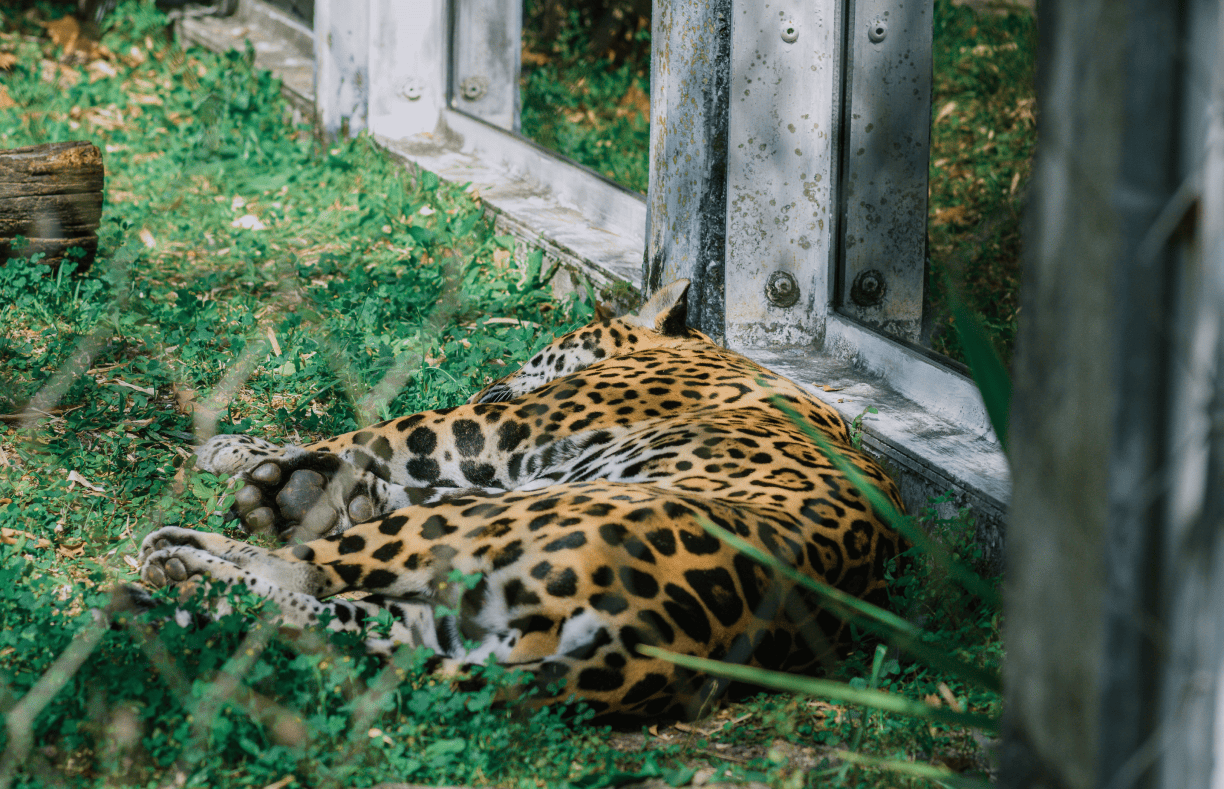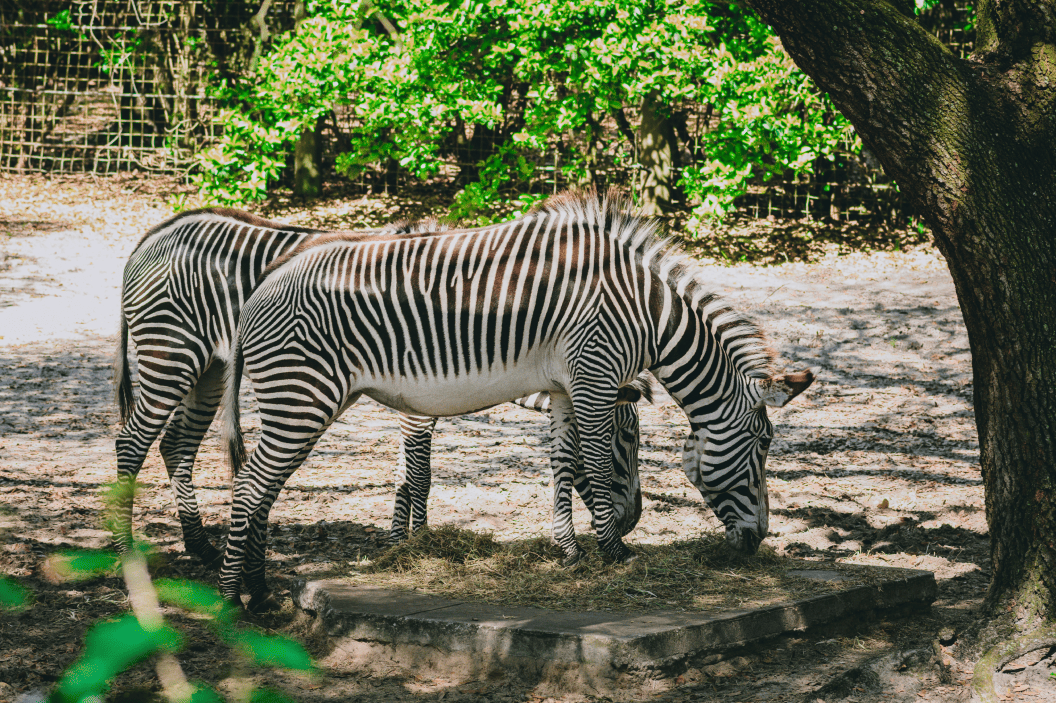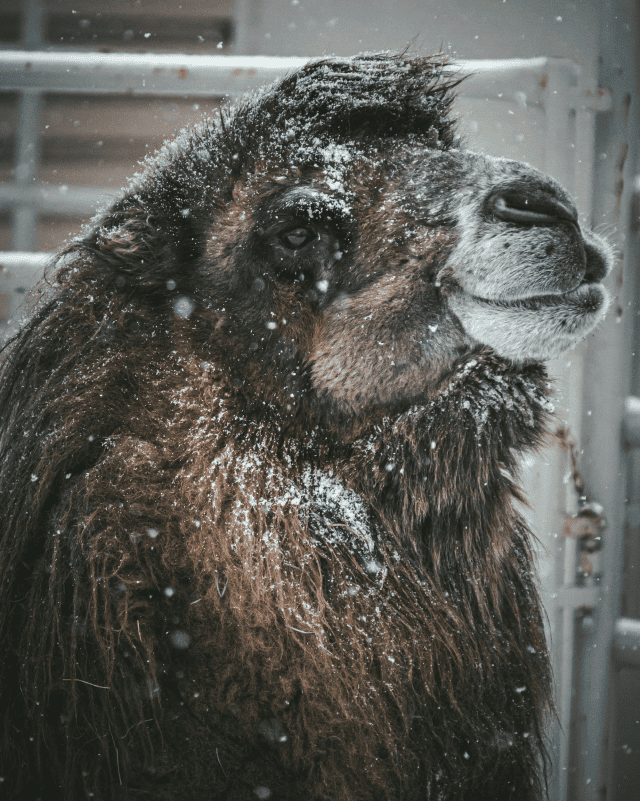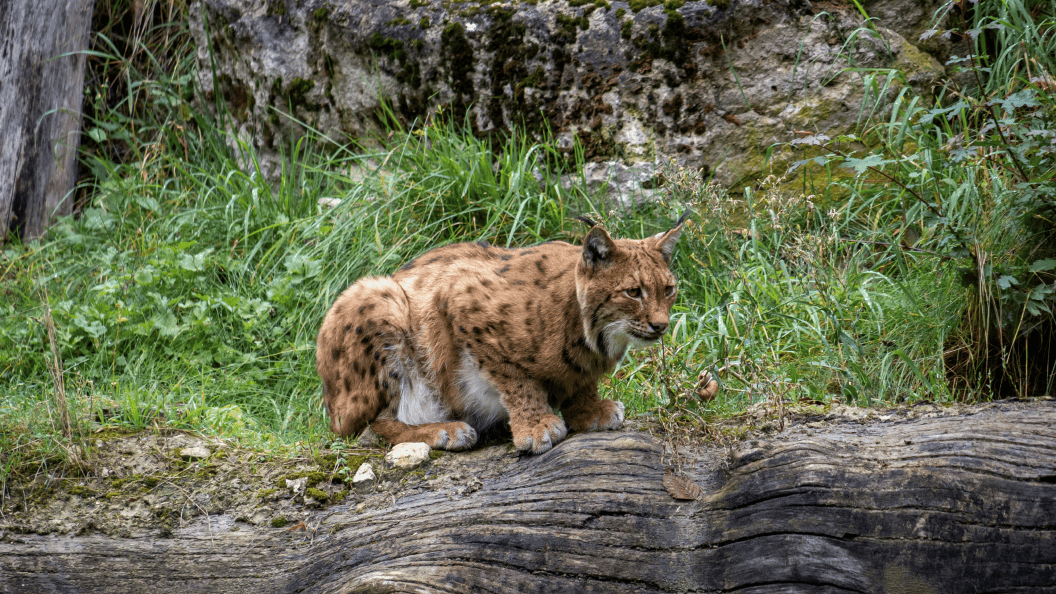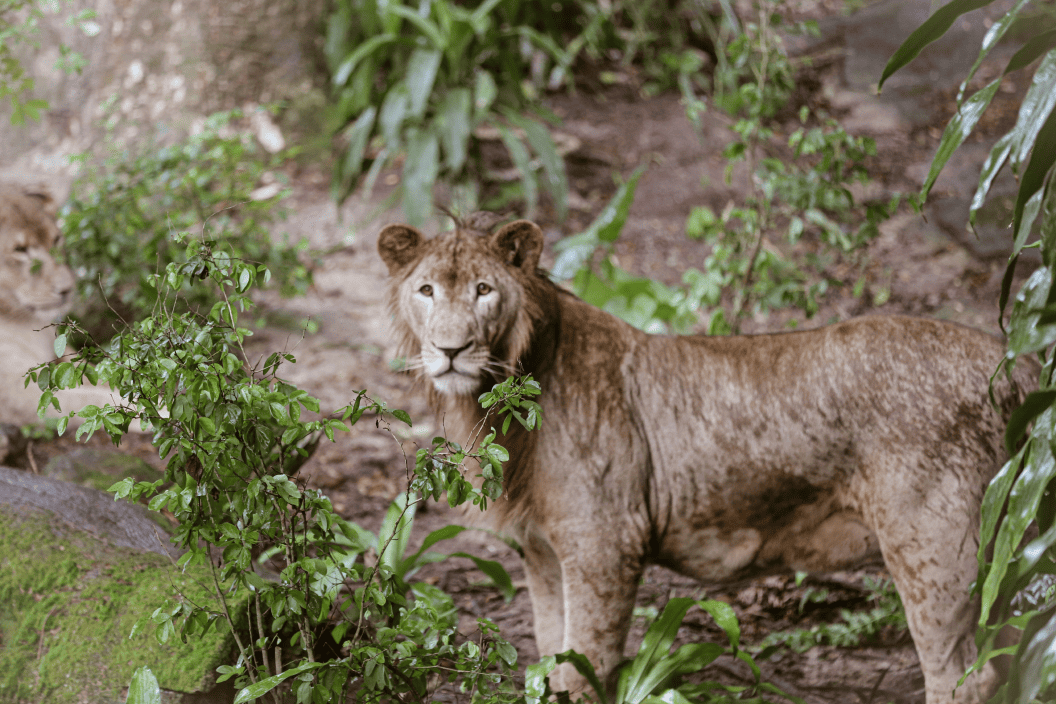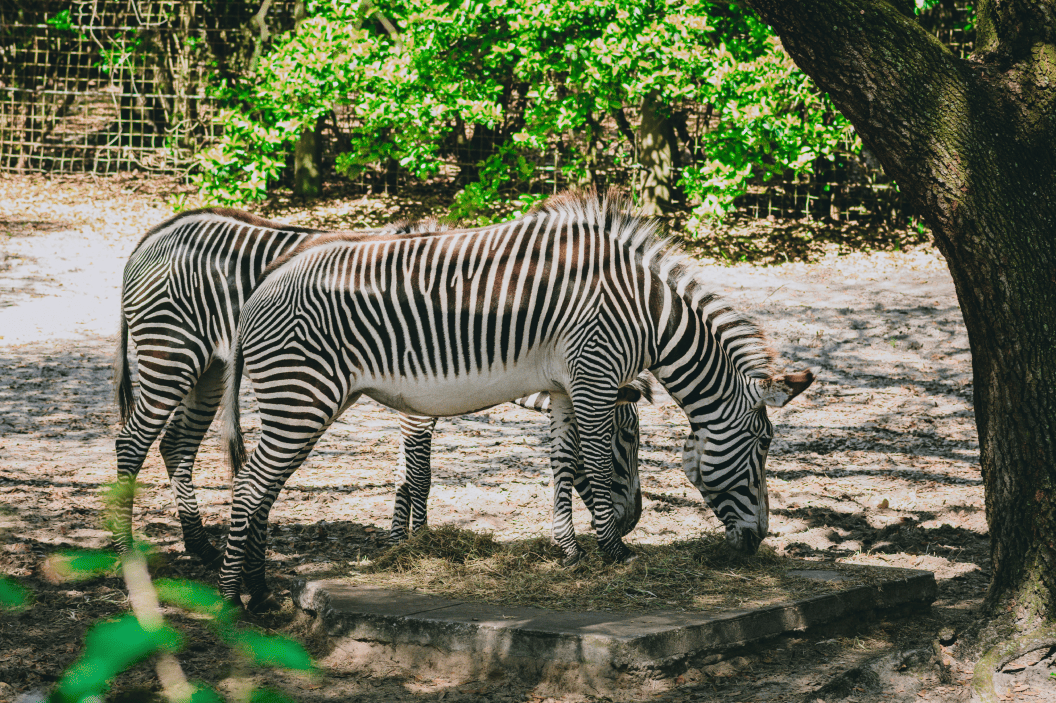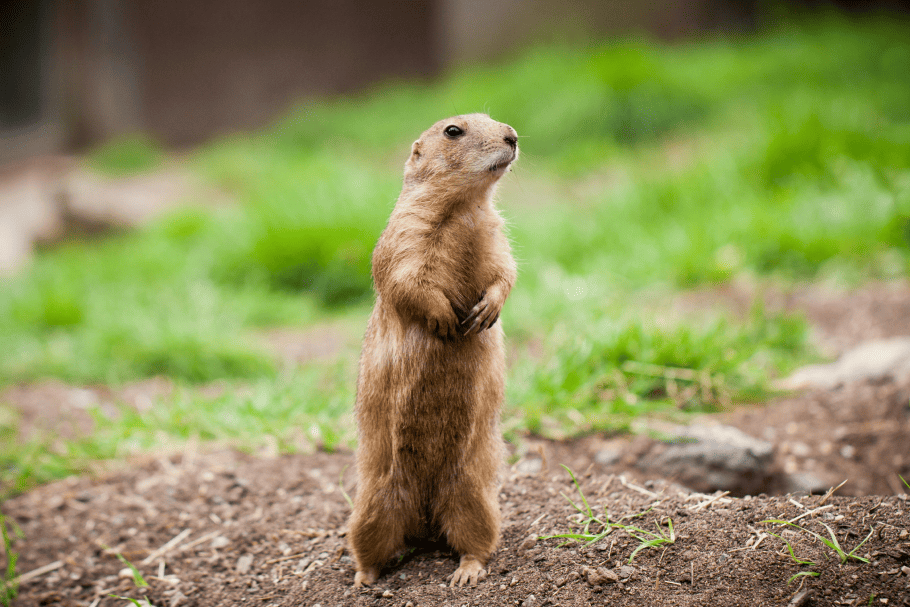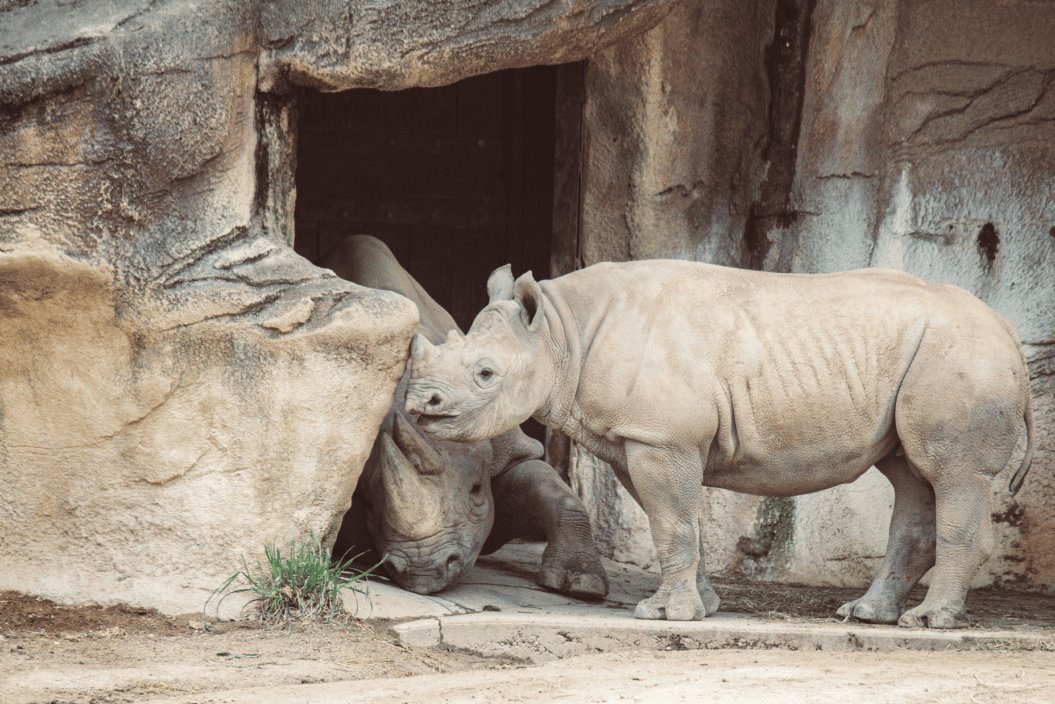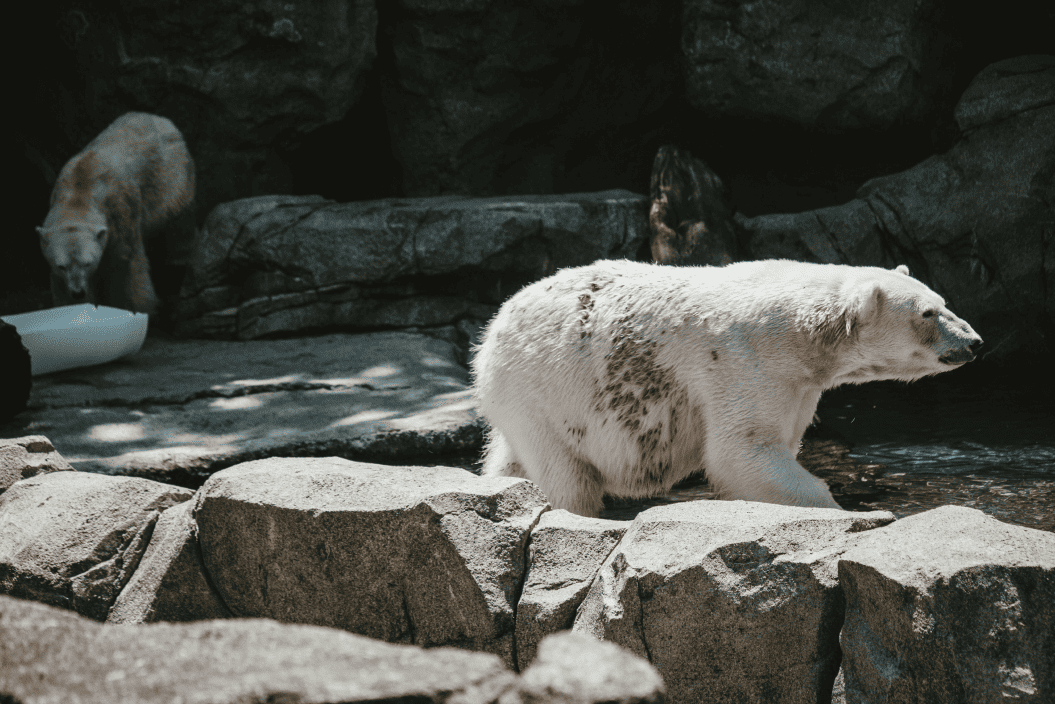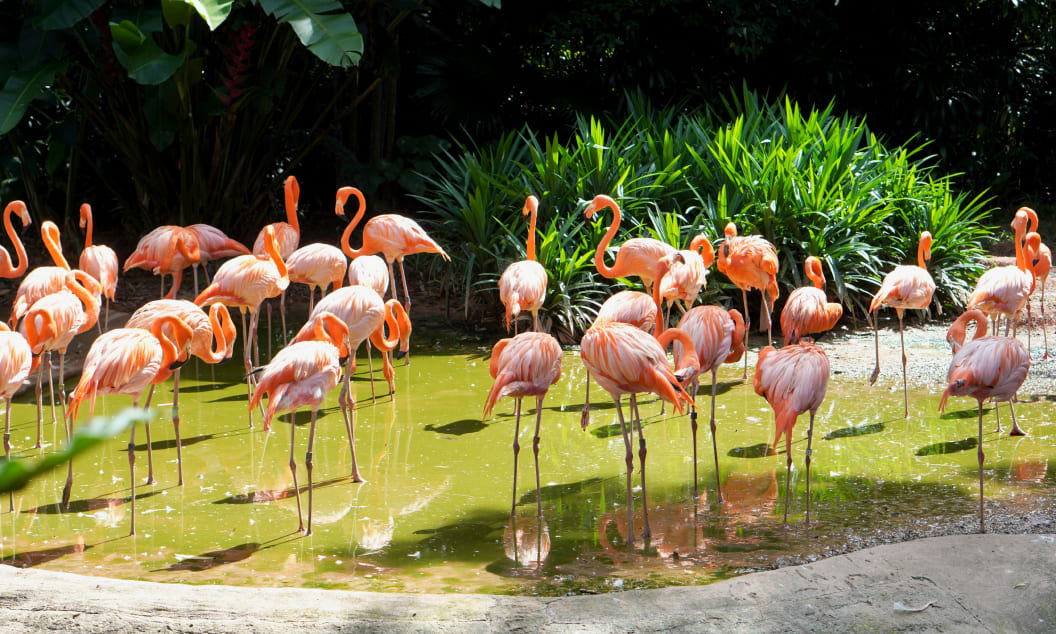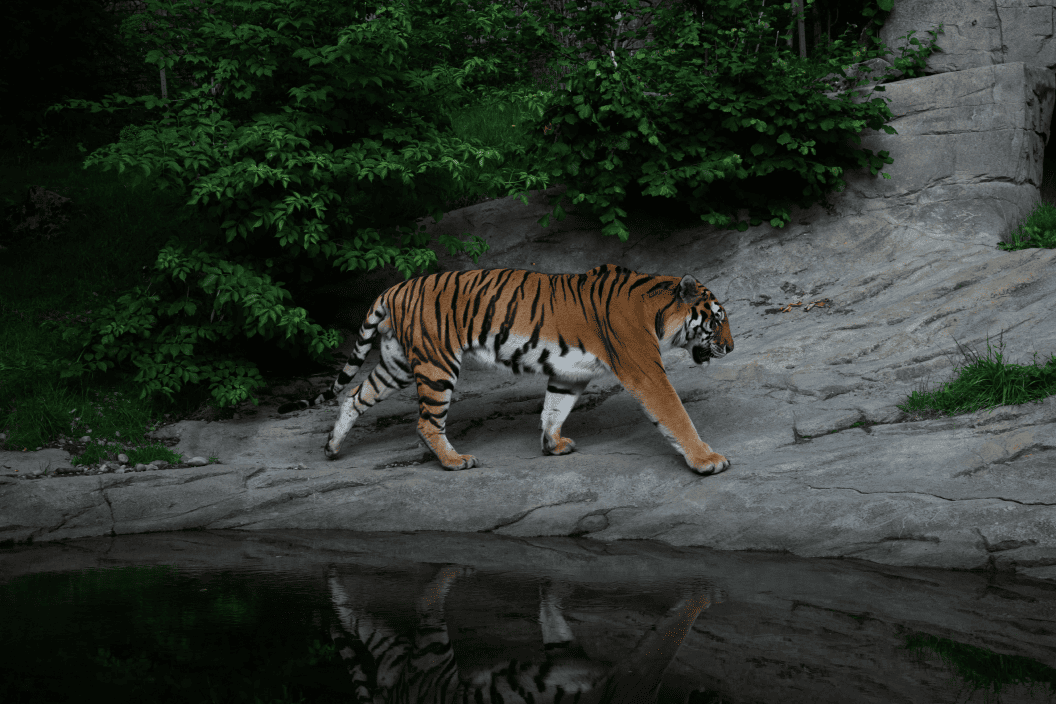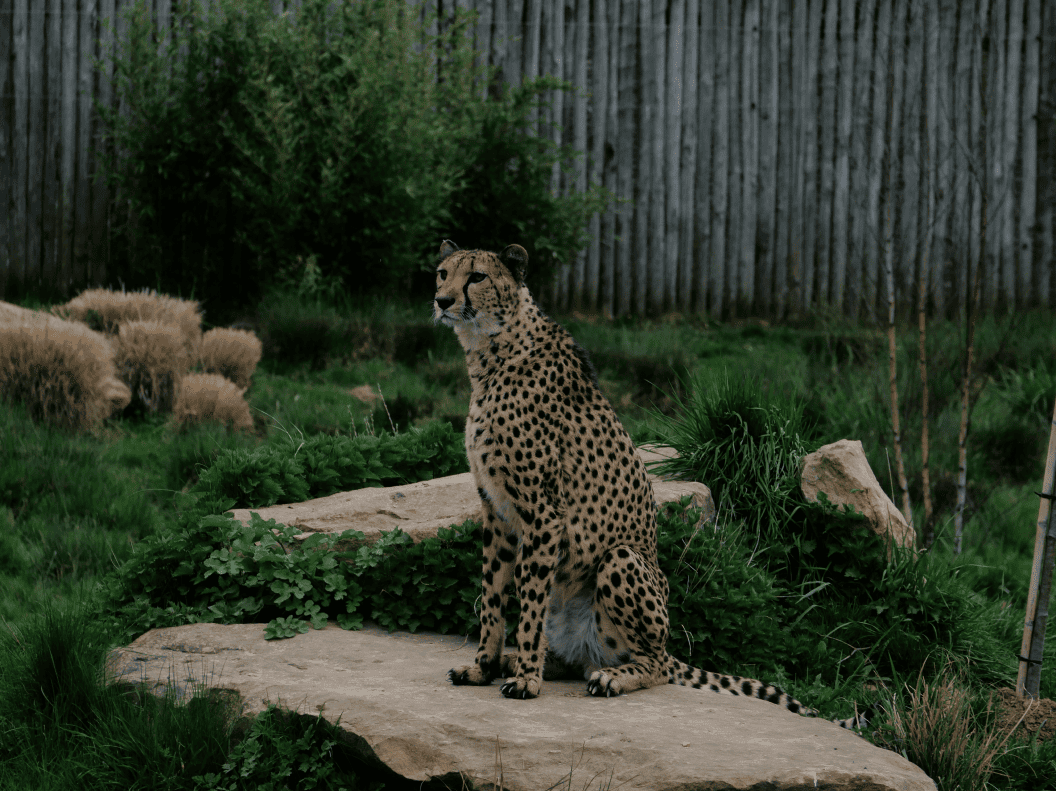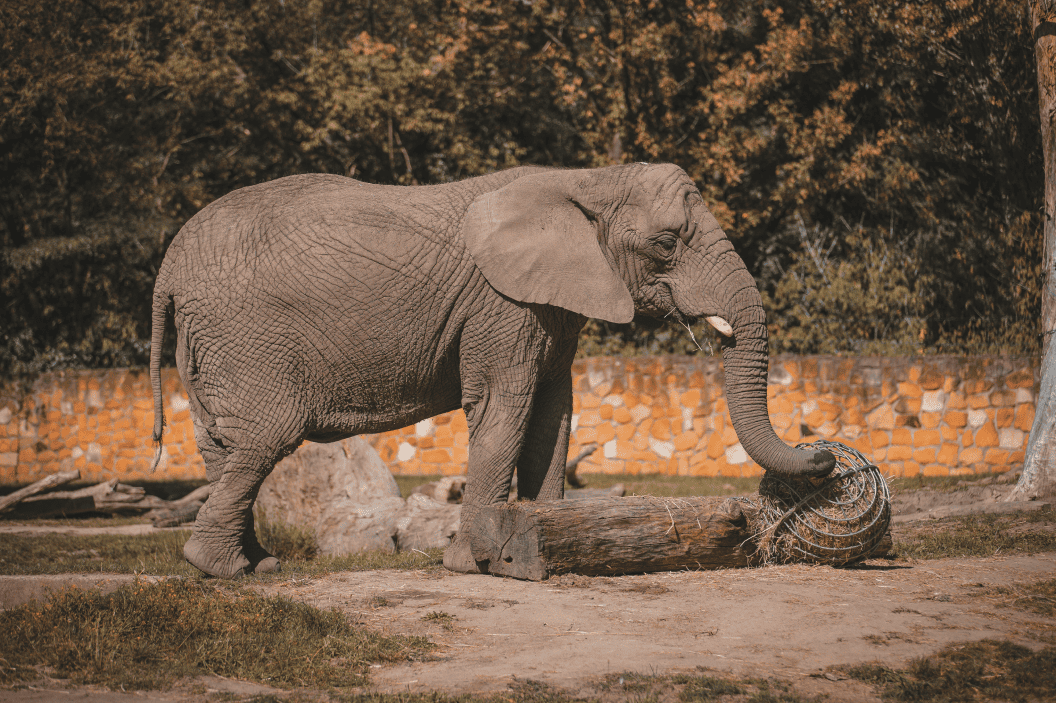What animals are commonly found in dense forests?
Dense forests are home to a wide variety of animals. Some common inhabitants include big cats like leopards, tigers, and lynxes; herbivores like deer, wild boar, and elephants; primates such as monkeys and gibbons; and birds like owls, woodpeckers, and parrots. Additionally, forests are teeming with insects, reptiles, and amphibians, which play crucial roles in maintaining the ecosystem.
ow do animals adapt to living in forests?
Forest animals have developed numerous adaptations to survive. For example, big cats like tigers have camouflaged coats to blend with their surroundings, while primates have strong limbs and tails for climbing trees. Birds often have specialized beaks and feet for feeding and perching. Many nocturnal animals, such as owls, have enhanced night vision to hunt in low light, while herbivores have acute hearing to detect predators.
Why are forests important for animals?
Forests provide animals with essential resources such as food, water, and shelter. The dense vegetation offers protection from predators, while the diversity of plants supports a wide range of diets. Forests also serve as breeding grounds and migratory pathways for many species. Moreover, they act as a natural carbon sink, helping regulate the planet’s climate, which indirectly benefits all forms of life.
What threats do forest animals face today?
Forest animals face numerous threats, including deforestation, habitat destruction, and climate change. Logging, agriculture, and urbanization reduce their habitats, while illegal hunting and poaching endanger many species. Climate change alters ecosystems, forcing animals to adapt quickly or face extinction. Pollution and invasive species further disrupt the delicate balance of forest life.
How can we help protect forest animals?
Protecting forest animals involves preserving their habitats through conservation efforts, such as creating national parks and wildlife reserves. Reducing deforestation, promoting sustainable land use, and supporting reforestation projects are critical. Raising awareness about the importance of wildlife and combating illegal poaching and wildlife trade also play significant roles. On a personal level, supporting eco-friendly products and organizations that focus on forest conservation can make a difference.





